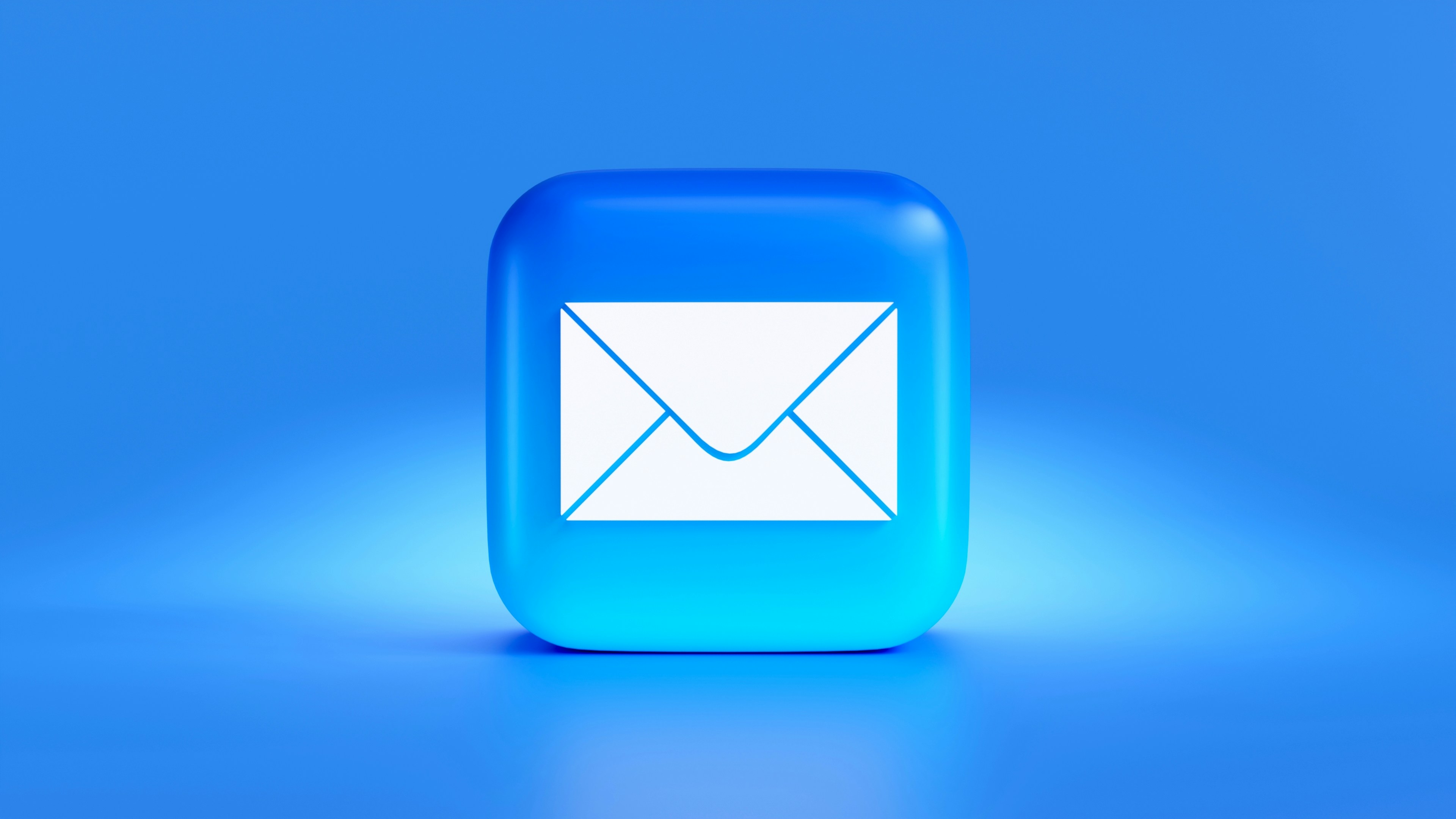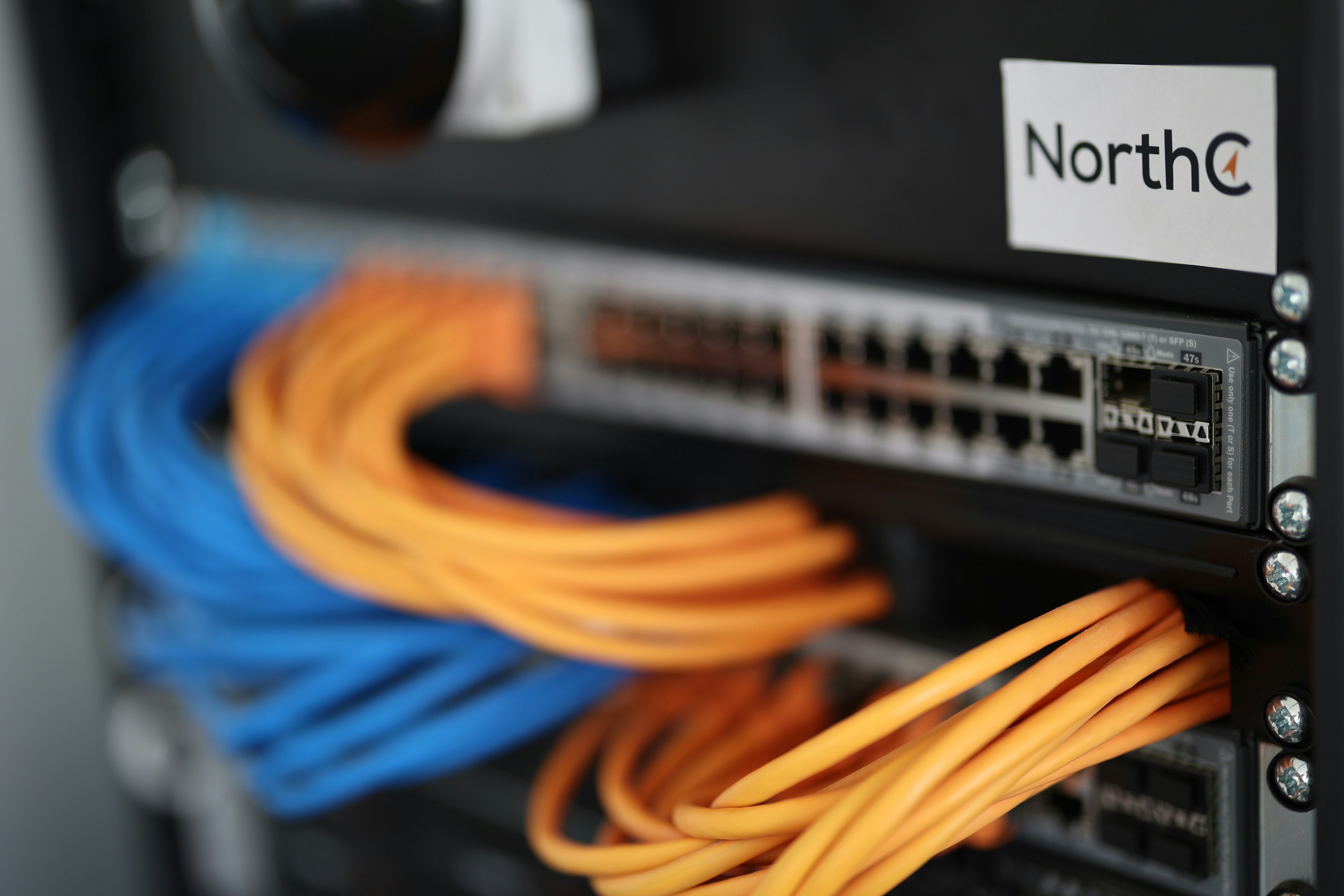Email has become an essential part of both personal and professional life, facilitating instant communication across the globe. However, like any technology, it can sometimes lead to serious issues, including embarrassing mistakes, significant financial losses, or privacy breaches. Over the years, several notable email blunders have highlighted these concerns, illustrating the risks of careless email practices.
For example, one infamous incident involved a high-profile executive who accidentally sent a sensitive memo to the entire company instead of a select group. This led to confusion among employees, damaged the company’s reputation, and caused unnecessary panic.
In another case, a financial institution suffered a substantial data breach when an employee mistakenly sent confidential customer information to the wrong recipient. This breach resulted in significant financial losses, legal repercussions, and a loss of trust from clients.
Secure email services, prioritizing encryption and robust security measures, could have helped prevent these mishaps by protecting sensitive information and ensuring that messages are sent only to intended recipients. These services also often include features that enable users to recall messages or set expiration dates on emails, providing an extra layer of security.
Ultimately, these incidents are stark reminders of the importance of using secure email platforms. By adopting better email practices and utilizing secure systems, individuals and organizations can safeguard their communications and avoid the potentially damaging consequences of email blunders. Five email blunders emphasize the critical need for secure email protocols.
See also: Free secure email vs paid secure email: What are the differences?
1. The accidental “Reply All” blunder

The Blunder: In a large corporation, an employee intended to send a sensitive complaint about a colleague to HR but accidentally hit “Reply All.” Within minutes, the entire company was privy to the details of the complaint, leading to a human resources nightmare.
Secure Email Solution: Secure email services often come equipped with various features designed to minimize human error and enhance the protection of sensitive information. One of the most beneficial features is the option for delayed sending, allowing users to set a specific time for an email. This can provide a crucial window for reviewing the email and making necessary corrections before reaching the intended recipient.
Additionally, many secure email platforms implement confirmation prompts that require extra verification before an email is sent to large distribution lists or external addresses. These prompts may ask users to confirm their intent multiple times or remind them of the email’s potential sensitivity to prevent accidental disclosures of private or confidential data.
Moreover, some services offer a “review before sending” option that enables users to reassess the content of their emails and verify recipient details before finalizing the transmission. Such layered safeguards can significantly reduce the risk of errors and the subsequent widespread dissemination of sensitive information, ultimately protecting individuals and organizations from potential data breaches and their consequences.
2. Misdirected financial information

The Blunder: An employee in a well-known company accidentally sent out detailed financial information on wealthy clients. This misstep resulted in confidential data being leaked outside the corporation, leading to legal complications and a loss of trust.
Secure Email Solution: Using a secure email service that supports end-to-end encryption significantly enhances the privacy of your communications. With this type of encryption, the content of your emails is scrambled so that only the intended recipient, who possesses the proper decryption key, can read them. This means that even if an email is mistakenly sent to the wrong recipient, the message remains safe and unreadable to anyone lacking the correct key.
Moreover, many secure email services offer additional features like address verification prompts. These prompts act as a safeguard by cross-checking the recipient’s email address before sending the message. If the address entered doesn’t match the expected recipient, the system alerts the sender, minimizing the risk of misdirected emails.
This combination of end-to-end encryption and address verification protects sensitive information and instills confidence in users that their correspondence remains confidential and secure from interception or unauthorized access. In an age of data breaches and email hacking, utilizing these features is becoming increasingly vital for both individual users and organizations handling sensitive information.
3. The spoofing scam

The Blunder: A company official appeared to request urgent wire transfers from the finance department. However, the email was not genuinely from the employee; it was sent by a scammer who had spoofed the executive’s email address. As a result, the company risked losing significant amounts of money before the scam was uncovered.
Secure Email Solution: Secure email providers offer enhanced authentication mechanisms and spoofing protection features to safeguard users’ accounts and implement multi-factor authentication (MFA) to add an extra layer of security. These providers typically use advanced algorithms to detect unusual login attempts and can send real-time alerts to users if suspicious activity is detected.
Many secure email services also deploy technologies like DMARC (Domain-based Message Authentication, Reporting & Conformance) and SPF (Sender Policy Framework), which help prevent unauthorized external domains from impersonating internal email addresses. Validating the sender’s identity reduces the risk of phishing attacks, helping to ensure that users can trust the emails they receive.
Some providers even offer features like email encryption, ensuring that sensitive information between parties remains confidential. This combination of robust authentication practices and anti-spoofing measures enhances overall security and fosters user confidence in their email communications.
See also: Best secure email providers
4. Exposed in transit

The Blunder: Journalists exchanging sensitive information with whistleblowers found their communications intercepted by state-level actors, compromising their sources’ safety and the integrity of the journalistic work.
Secure Email Solution: Encrypted emails provide a secure channel for communication where only the sender and receiver can read the contents of the emails. By using encryption protocols, such as SSL/TLS for transmission and PGP (Pretty Good Privacy) or S/MIME (Secure/Multipurpose Internet Mail Extensions) for email content, sensitive information is transformed into unreadable code that can only be decrypted with the correct keys. This level of security not only protects the confidentiality of the communications—ensuring that unauthorized individuals cannot access private messages—but also preserves the integrity of the emails by preventing tampering.
Encrypted emails safeguard against various threats, including interception by third parties, who might attempt to eavesdrop on communications during transmission. Additionally, using digital signatures can verify the sender’s authenticity, helping to combat phishing attempts and ensure that the recipient can trust the source of the information. Adopting encrypted emails is crucial for individuals and organizations looking to maintain privacy and security in their digital communications, especially when dealing with confidential or sensitive data.
5. The unsecured backup

The Blunder: A tech company stored unencrypted backup emails on a publicly accessible server without adequate security measures, leading to a data breach that exposed millions of private customer emails.
Secure Email Solution: Secure email services go beyond merely encrypting emails during transmission; they also ensure that emails are encrypted when stored, commonly referred to as encryption at rest. This means that even if someone were to gain access to the server where the emails are stored, they would be unable to read the content without the appropriate decryption keys. This dual-layer encryption provides an essential safeguard for sensitive information.
These services typically implement advanced security protocols in addition to encryption. For instance, providers may utilize end-to-end encryption, which ensures that only the sender and the intended recipient can access the email content, preventing unauthorized parties—even the email service provider—from intercepting or deciphering messages.
Comprehensive security measures also include robust access controls, which restrict who can view, send, or manage emails based on user roles and permissions. Such controls frequently incorporate multi-factor authentication (MFA) to add an extra layer of security, making it more difficult for unauthorized users to gain access.
Regular security audits are standard practice among reputable, secure email providers. These audits involve thorough testing and evaluation of their systems to identify potential vulnerabilities or areas for improvement. By continuously monitoring their security infrastructure and addressing any flaws, these providers can adapt to emerging threats and ensure the ongoing protection of user data.
Overall, these features combine to create a secure and reliable environment for email communication, safeguarding users against threats such as hacking, data breaches, and eavesdropping.
Conclusion
Each of these mistakes highlights the vulnerabilities present in traditional email systems. Secure email services that prioritize encryption, strict access controls, and minimizing user errors not only enhance privacy and security but also help prevent potentially disastrous mistakes. Moving to a secure email platform is not merely a strategic decision; in today’s digital age, it is a crucial step in safeguarding your communications and protecting both yourself and your organization from the consequences of email errors.

